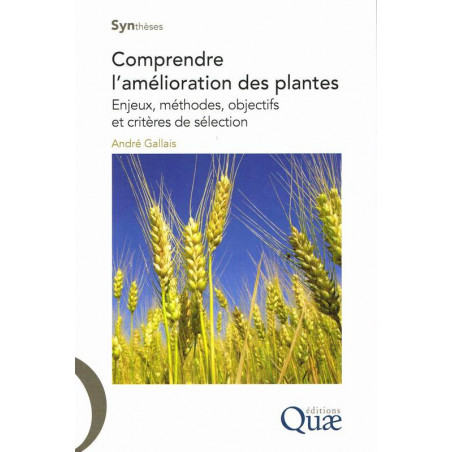



Visa, MasterCard, Amex, Paypal or 3 times, interest-free with Scalapay

0.01€ from 35€ of purchase in France and from 99€ throughout Europe

Delivery in France and around the world at home, at office or in a pickup point

Plant breeding, in interaction with agronomy, has already contributed significantly to meeting the dietary needs of humans. This book shows that significant progress is still possible in order to feed the 9.6 billion people who will be present on Earth by 2050. From a genetic point of view, the goal of plant breeding is to bring together in the same set of plants, a variety, the maximum number of favorable genes for the different characteristics to be improved. Most modern varieties have become genetically homogeneous, but are they still preferable to heterogeneous varieties? What are the tools of the breeder and how are they implemented? In order for the genetic progress achieved by the breeder to reach the farmer, different actors are involved. Why is a variety catalog, seed certification, and variety protection necessary? What is the role of participatory selection? There are numerous characteristics to improve. How is selection done for yield, disease resistance, drought tolerance, nitrogen fertilizer utilization, and the quality of various products? What are the possibilities for action on these characteristics to meet the triple challenge: feeding the world, respecting the environment, and adapting agriculture to climate change? The book answers all these questions and shows the contributions, realized or possible, of plant breeding to the various expectations of farmers, consumers, agri-food industry professionals, and society.
Data sheet
